#Nikolai Chernyshevsky
Explore tagged Tumblr posts
Text




#fanart#my art#nikolai chernyshevsky#what is to be done#vera pavlovna#doodle#dmitry lopukhov#what is to be done?#Что дѣлать?
6 notes
·
View notes
Text

"He loves you? Does he look at you the way I do or not? Does he?"
#nikolai chernyshevsky#what is to be done?#vera pavlovna#dmitry lopukhov#russian literature#chernyshevsky posting#art tag
25 notes
·
View notes
Text





some chernyshevskian content
i love vera pavlovna :)
#chernyshevsky#nikolai chernyshevsky#russian literature#ruslit#russian history#russian revolution#what is to be done#vera pavlovna#vera pavlovna rozalskaya#lopukhov#dmitry lopukhov#rakhmetov#alexander kirsanov#rknchan art
35 notes
·
View notes
Text
“Tell everyone that the future will be radiant and beautiful. Love it, strive toward it, work for it, bring it nearer, transfer into the present as much as you can from it.”
— Nikolai Chernyshevsky, What Is To Be Done
#quote#important quote#quotes to live by#literature#quotes to remember#russian literature#nikolai chernyshevsky#what is to be done
23 notes
·
View notes
Text
I’m finally resuming my listening to Mike Duncan’s Revolutions podcast at the Russian Revolution, and I am definitely getting a lot out of it. Better history podcasts like Duncan’s mostly serve me to connect gaps and connect dots I have already heard about, and provide interesting directions for future investigations.
So far, it sounds as if the fandom of a novel that I hadn’t heard of previously was kinda influential. Like, Lenin used its title for a famous pamphlet of his level influential. This novel sounds ludicrously shojo-fandom drama shit with romantic entanglements, love triangles, and love suicides taking up a lot of the plot. It apparently has an OT3 endgame!
Like, I don’t see anything on Ao3 for it and I suspect that there’s no English language fandom of any sort, but I definitely want to read it now.
#what is to be done#vladimir lenin#nikolay chernyshevsky#original post#book club#russian literature#ot3#mike duncan#Russia revolution#revolutions podcast
8 notes
·
View notes
Text
2024: 1863 Russian Novel "What is to be Done?" Inspires Xi Jinping
Australian China specialists John Garnaut and Sam Chetwin George December 15 New York Times article claimed “This Unreadable Russian Novel Is Xi Jinping’s Spiritual Guide” on how the mid 19th century novel “What is to be Done” by Nikolay Chernyshevsky is inspiring the Secretary Xi Jinping of today.
The obscure and radical novel that the Chinese leader cited as his inspiration offers a glimpse…
#banned book#ChatGPT#Chernyshevsky#China#Chto delat&039;?#Communist Party#Николай Чернышевский#Что делать?#车尔尼雪夫斯基#literature#New York Times#Nikolay Chernyshevsky#political prisoner#PRC#prison#translation#What is to be Done?#writer#Xi Jinping#共产党#怎么办#中国
0 notes
Text










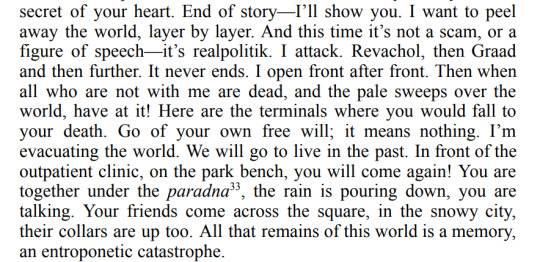


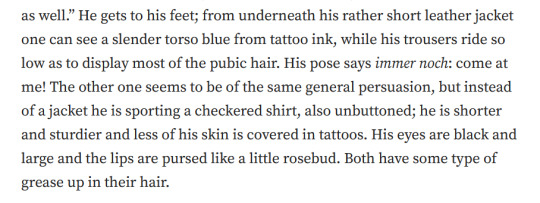
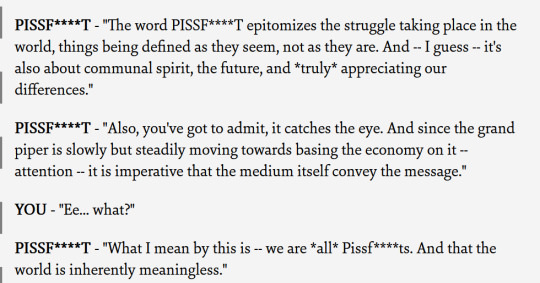


Nihilism & Elysium web weaving
Disco Elysium / Russian nihilist movement wikipedia page / What Is To Be Done by Nikolay Chernyshevsky / Full Core State Nihilist / Émile Zola:Germinal
additional info: Robert Kurvitz has named Germinal as one of the inspirations for the game, in which coal miners strike, and then attack the mines. The violence of the angry proletariat that will destroy the old world one day and create a new is one of its themes.
What is To Be Done? is an utopian novel and it was an inspiration to nihilists (and to different kind of people on the left)
Full core State Nihilist is a story that takes place in Elysium, it can be read here
#disco elysium#sacred and terrible air#full core state nihilist#web weaving#Disclaimer i do not support blowing up the world.i just think this is all interesting. before anyone labels me as an anachronistic anarchis#i dont think the new world will appear if someone does a bunch of random violence#had to add that cause this is the piss on the poor website#long post /#de webweaving
181 notes
·
View notes
Text
19th century rabbit hole
Digging around for unrelated info led me down a funny Detective Anna rabbit hole (or a rabbit hole led me to Detective Anna? idk).
In s2 ep11, "The Last Sacrifice", Krutin poisons Anton and leads Shtolman on a scavenger hunt for the antidote. An early scene starts with a beggar (to use a 19th c word) reading a book out loud in the barracks (?), poor house (?). The cover is hard to see, but you can kind of make out "лать," leading me to assume it was Lenin's "что делать" in a kind of intentional/tongue-in-cheek anachronism, since the real book wasn't published until 1901.
BUT, come to find out today there was an earlier book called "что делать" / "What Is To Be Done?" published 1863, by Nikolay Chernyshevsky?? (Look, I've heard of him, ok) Sure enough, a closer look at the book cover and I'm pretty sure the last letters of the authors name are "вский"??
Two fun discoveries in that:
s2 ep13 "The Living Dead" was probably at least slightly inspired by the plot of the Chernyshevsky book, in which a man fakes his own death in order to let his wife marry his best friend with whom she has fallen in love. Doesn't seem like a huge stretch since s1's "The Drama" is very obviously (and meta-textually) "The Seagull."
Per Wikipedia, Chernyshevsky's novel was written as a direct response to Turgenev's "Fathers and Sons," which also features a love triangle, where the young woman/subject of the son's affection falls in love with the son's radical best friend. Except Turgenev's love triangle is resolved when the radical gets what he deserves (lol) and dies. This is all only relevant because Anton reveals Shtolman is reading "Fathers and Sons" when he's arrested in s1's "The Prince".
It's kind of interesting they have Shtolman reading that particular book. Maybe it's just period appropriate and famous? "Crime and Punishment" would be a little too on the nose, lol. It's also a family/romance melodrama, which obviously DA heavily relies on.
But there are other novels they could have chosen... the show very lightly (very lightly) touches on themes of tradition vs modernity. The very first episode features the arrival of a bicycle! Kluyev is bringing electricity to Zatonsk! And a phonograph! And of course, much more so in s2, where I assume by 1894 it's basically impossible to ignore the very serious social/economic/political issues of Tsarist Russia? So it makes sense that between Shtolman and Anna, being diametrically opposed in almost every way, he would be associated with a more traditional/conservative perspective (he literally represents law and order), where Anna is constantly aware of the plight of the poor, and women's subjugated status under patriarchy.
Annnnyway, rabbit hole indeed.
In closing, sharing this amusing thumbnail from imdb. Between the cross-faded images and the title, it looks like Shtolman is dead and visiting Anna as a ghost. Of course, still grumpy af.

#detective anna#yakov platonovich shtolman#anna viktorovna#19th century Russian literature rabbit holes
10 notes
·
View notes
Text
In Nabokov's The Gift he discusses Nikolai Chernyshevsky (Russian critic and political writer of What Is to Be Done? fame) and writes that Chernyshevsky "unstintingly copied out thousands of pages... translated a whole library, cultivated all genres right down to poetry, and dreamed to the end of his life of composing 'a critical dictionary of ideas and facts'" FINALLY I have a good answer to those polls/posts that are like "what job would you have in the past" bc if I were a man of a certain social status back then I would 10000% be an annoying encyclopedia/commonplace book compiler. Instead I fulfill my indomitable desire to hoard bits of information and compelling art on tumblr dot com
8 notes
·
View notes
Text
"I cannot appreciate any form of rest other than solitude. To be with other people means to me to be occupied with something, either work or pleasure. I feel entirely free only when I'm completely alone."
Dmitry Sergeich Lopukhov
What Is to Be Done?, by Nikolai Chernyshevsky
4 notes
·
View notes
Text




#fanart#my art#What Is to Be Done?#Что делать?#Nikolay Chernyshevsky#Dmitry Lopukhov#i hope i tag it correct#简直人名地狱啊!#doodle#russian literature#vera pavlovna#nikolai chernyshevsky
4 notes
·
View notes
Text










The 1969 edition of "What is to be done?" by Nikolai Chernyshevsky. Artworks by Vladimir Minaev.
Source.
#what is to be done?#nikolai chernyshevsky#chernyshevsky posting#still wonder if the guy in the ninth illustration is polozov (most likely) or 'the enlightened man'
32 notes
·
View notes
Text

what is to be done (1863) by nikolai chernyshevsky
#its probably not even as funny as it was in my head#my one chernyshevsky mutual i deeply apologise#russian literature#what is to be done
15 notes
·
View notes
Text
Blog 05
Reality
In This Blog Post, I am going to discuss reality and I will Discuss 2 famous quotes from philosophers Nikolay Chernyshevsky (1828-89) and Wallace Stevens (1879-1955) and share my perspective on where I stand.

Source: Google
First Lets discuss Reality. Something that can be perceived through the 5 senses ( sight, hearing, smell, taste, and touch) Can defined as reality. Another Definition available is Something that exists in space and time can be defined as reality.
So From the Definition one thing is clear reality is not linear and it can be changed or altered. We live in a 3-dimensional world. The reality is changeable based on perspective inside the space as long as we have all the senses working and the plot is in 3D space, we can define that as our reality.
When we talk about reality Another thing pops up which is realism. So which is more realistic, how can we define realism, and how it's affecting the future? First, let's discuss the quotes from 2 philosophers.
Nikolay Chernyshevsky (1828-89): The first purpose of art is to reproduce reality
Nikolay is not the only philosopher who thinks this way, there are some more who think in a similar way such as Aristotle”s Mimesis, Gustave Courbet(1819-1877), and Leon Tolstoy. They all have similar thoughts and supporting their argument they have shared their perspectives on Acceibility and Universality, Historical Documentation, and skill and precision. Also a Study founded that people are more likely to be emotionally bonded with art that has a realistic feel of depth to it (Journal of Aesthetic Education).
Wallace Stevens (1879-1955): Realism is a corruption of reality
As Reality itself is subjective and multifaceted, it is limited. Art is to connect with people and it should be based on exploring subjective, emotions and if needed creating an abstract reality to connect with people. An artist Named Jackson Pollock eliminated realism just to put depth and create abstracting reality to connect with emotion. His quotes support a few arguments from a study conducted on art appreciation in 2020(Psychology of Aesthetics, Creativity, and The Art) such as the abstract offers infinite possibilities to explore perspectives and emotions. It challenges ordinary thinking and gives the freedom to create something beyond reality to establish a richer artistic narrative.
Conclusion: Everything is Going Virtual, and reality can be established and tweaked. Both Quotes have strong arguments. But The way the world Progressing, We have Virtual Reality now, it is still not near perfection in terms of the 5 senses but it can establish a 3d world for us. We have Augmented reality now there we are seeing or adding/mixing CGI to the real world. Even in games abstract and Twicked and modified from real work environments are more popular than real-world simulation games. And People like to experience new things. So I will stand on the Argument constructed by Wallace Stevens as I think the Abstract fictional world is the future and people will go more into the Abstract words and make that into a reality.
References
Psychology of Aesthetics, Creativity, and the Arts https://www.apa.org/pubs/journals/aca
The Journal of Aesthetic Education https://www.press.uillinois.edu/journals/?id=jae
Katja Rogers, Sukran Karaosmanoglu, Maximilian Altmeyer, Ally Suarez, and Lennart E. Nacke. 2022. Much Realistic, Such Wow! A Systematic Literature Review of Realism in Digital Games. In CHI Conference on Human Factors in Computing Systems (CHI '22), April 29-May 5, 2022, New Orleans, LA, USA. ACM, New York, NY, USA 21 Pages. https://doi.org/10.1145/3491102.3501875
Russian Philosophy Volume II: The Nihilists, The Populists, Critics of Religion and Culture, Quadrangle Books 1965
0 notes
Text
Blog Post #4: Immersive Warfare: Exploring the Realism of Hell Let Loose in World War 2 First-Person Shooter.

Figure 1: Hell Let Loose Promotional Poster. (Hell Let Loose Wiki, n.d.)
I will be analysing the realism in the World War II (WW2) first-person shooter (FPS) video game Hell Let Loose. In this analysis, I will highlight aspects of the game that accurately reflect historical and tactical realities, as well as areas where it diverges from realism.
Hell Let Loose is a world war 2 themed first person shooter that also dives into resource management to win the game. Each game can hold up to 100 players and equally distributed to both sides. Players can play as unique soldier roles from Germany, America, Russia and Britain in uniquely design historical maps.
For later discussion purposes, I would state that the video game, Hell Let Loose, is an artwork due to its many artistic elements that was put together to form this simulation experience that players can feel immerse as if they were there fighting on the battlefields. I would also state that Hell Let Loose leans to a certain degree of Nikolay Chernyshevsky's (1985) statement where he state that art primarily seeks to mirror the world around us which is life and nature. His statement is still very much relevant as realistic games that contain real life logic and appearance have managed to very successful such as call of duty series, The Sims, Cyberpunk, Minecraft, and Baldurs Gate 3 etc. Although, some of the games mentioned has sci-fi, fantasy, horror genres elements, they still follow some level of realism to our real world.

Figure 2: Respawn Map Interface of Hell Let Loose. (Hell Let Loose, 2019)
However, to maintain player enjoyment, game developers often avoid making every aspect of the game entirely realistic. For instance, players would likely find little satisfaction in repeatedly spawning at the base (Refer to red circle in figure 2), walking long distances to the objectives (The names seen on the map in figure 2), only to be killed and be forced to repeat the cycle. Similarly, permanently removing players from the game upon death would diminish the fun and engagement.

Figure 3: Garrison Table Structure that players can spawn in. (Hell Let Loose, 2019)
Hence, game developers would put some kind of device for players to spawn closer and avoid the boring long distance walk from the base to the objective which would have been the case if it is a real life situation. In Hell Let Loose's context, players can build garrisons (structure in figure 3 and located in yellow circles in figure 2) for other players to spawn closer to the objective to rapidly defend or capture an objective point. Another great example by Josh Bycer (2018) would be that players will naturally get frustrated if they fire their weapons at the enemy and the weapon jams or breaks. In real life, that is a very possible occurrence on the battlefield.

Figure 4: Player using squad voice chat to communicate with other squad members. (Hell Let Loose, 2019)
The difference between this WW2 FPS video game and others would be that the game heavily enforces a chain of command and communication to win the battle. Players are formed into a squad of 6 players and one of the player is the squad leader. This squad has its own unique voice chat to relay orders to all of their squad members while the squad leader has another unique voice chat for all squad leader and the commander who will relay the strategic commands to the squad leaders to win the game. Squad leader would receive said commands from the commander and instruct his squad to carry out the given command. With fast reactions of the squad leaders to commander commands and reliable squad members, the match will be easily won. This accurate depicts in real life where battles are won through proper, quick and timely usage of communication (Shelton, 2018). Even in ancient times such as quotes by Sun Tzu in the book The Art of War also states that clear communication within command structure, planning strategies to fool the enemy and discipline by following orders (Tzu, 1994).


Figure 5: Call of Duty: WWII Character Customisation [Left] (Cre8ive, 2017) Figure 6: Hell Let Loose Character Customisation [Right] (Hell Let Loose, 2019)
Another way to demonstrate Hell Let Loose's commitment to recreating reality is by comparing it to other WWII FPS games like Call of Duty: WWII. In Call of Duty: WWII, players can take on the roles of soldiers from different nations, carrying weapons from other countries and customising their characters in ways that often lack historical authenticity. While it is true that some real-life soldiers used foreign weapons, this practice was uncommon and typically required specialised training to operate unfamiliar equipment.
Call of Duty: WWII also classifies playable roles by military branches, such as airborne, cavalry, and infantry. In contrast, Hell Let Loose categorises roles based on realistic squad compositions, including machine gunners, riflemen, medics, and squad leaders. Furthermore, Hell Let Loose imposes restrictions on how many players can occupy specific roles in a squad, such as limiting each squad to one machine gunner. This design choice adds a layer of authenticity.
Additionally, in Hell Let Loose, each role has a fixed set of weapons and uniforms unique to their function and nationality. For example, only machine gunners have access to machine guns, and each nation's soldiers exclusively use their historically accurate equipment and uniforms. This restriction ensures a realistic battlefield aesthetic, where players appear cohesive and reflective of the nation they represent.
Baudrillard's (1994) simulacra and simulations could be applied to Hell Let Loose. During the first stage which is the original would be tragic and horrible Second World War. Then in the second stage that is war-themed media representation adjusts their depicts of horrors of war to a digestible and tolerant-able appearance for the audience. Followed by the third stage which is video games which could further immerse players unlike other medias also followed this trend and produced war games. Lastly, Hell Let Loose, and along with other WW2-themed video games creates a hyperreal version of war that has becomes its own "truth" for many players.
In conclusion, Hell Let Loose exemplifies how video games balance historical realism and player engagement. While the game strives for authenticity in its depiction of World War II through historically accurate maps, roles, and equipment, it also adapts reality for playability, such as respawn systems and streamlined mechanics. By enforcing a structured chain of command and realistic communication strategies, the game mirrors the tactical essence of real warfare. Comparing Hell Let Loose with titles like Call of Duty: WWII highlights its deeper commitment to historical accuracy and immersion. Through the lens of Baudrillard's simulacra, the game evolves from representing the tragedy of WWII to creating a hyperreal simulation that shapes players' perceptions of war. This interplay of realism and abstraction showcases Hell Let Loose as both an artwork and a medium of simulation, capturing the complexities of history while adapting them to a modern gaming experience.
In future projects where I am required to stick to realism and history, I would do my best to avoid changing too much to make it relatable to modern day viewer's attention but instead design it authentically enough for them to be immersed that it generates their interest from there instead.
Reference
Baudrillard, J. (1994) Simulacra and simulation. Glaser, S.F.. Ann Arbor: University of Michigan Press.
Black Matter Pty Ltd. (2019) Hell Let Loose. Team17.
Bycer, J. (2018) Risks of Realism in Game Design. Medium. Available at: https://medium.com/super-jump/the-risk-of-embracing-realism-4673a8bb724c. [Accessed: 18 November 2024].
Scanlan, J.P. (1985) Nikolaj Chernyshevsky and the Philosophy of Realism in NineteenthCentury Russian Aesthetics. Studies in Soviet Thought, 30(1), pp. 1–14. Available at: https://doi.org/10.2307/20100022. [Accessed: 18 November 2024].
Shelton, D. (2018) Communication is key, and could be the difference between life or death. Available at: https://www.army.mil/article/215221/communication_is_key_and_could_be_the_difference_between_life_or_death. [Accessed: 17 November 2024].
Tzu, S., (1994) Sun Tzu on the Art of war. Translated by Lionel Giles. Heritage Books. Available at: https://ebook-mecca.com/online/TheArtOfWar.PDF. [Accessed: 17 November 2024].
1 note
·
View note
Text
Going through changes
Hello everybody, welcome back! I haven't been active these past few weeks and I apologize. When I started this blog, I wanted to be super productive and do a full review for each single book, but I'm slowly starting to realize that maybe that isn't working.
While the ones I did write were good and I enjoyed writing them, I'm thinking of trying something simpler and more practical for me. Instead of big tasks like full reviews, I will merely have a "reads of the week/month" and a shorter commentary on each title.
I am not sure how to do this yet: on one hand, I would love to do a weekly post updating my readings; on the other hand, I don't want to pressure myself again like I'm used to do. I want reading to flow naturally, and right now, that is working, even if I'm not making an over-the-top progress.
I will try to update the blog every week, but if I can't, I can't. Instead, I will only promise to write the monthly post, so you can see the weekly updates as "bonus content" :p
So, since today is Sunday, let's have a Weekly Update!
I was meaning to review some past reads but at this point, I don't think my memory will make them justice, so I'll include them here.
Past Reads
✦ . ⁺ ✦ FICTION ✦ . ⁺ . ✦
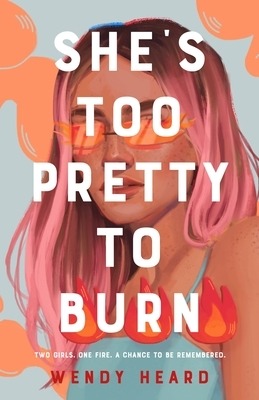
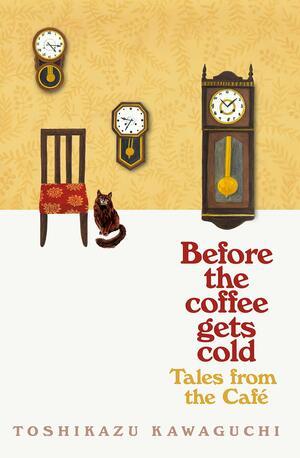
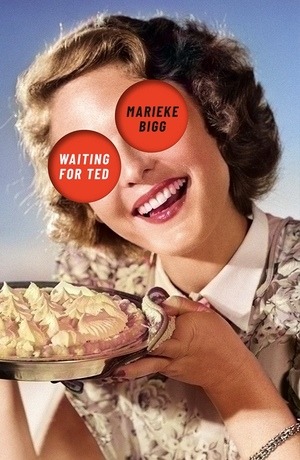
She's Too Pretty to Burn by Wendy Heard ⇢ 3.75⭐
Waiting for Ted by Marieke Bigg ⇢ 4⭐
Before the Coffee Gets Cold: Tales from the Café by Toshikazu Kawaguchi ⇢ 3.50⭐
I took a job as a Fire lookout in the middle of the woods, I found a strange set of rules to follow ⇢ 3.50⭐
O Vício dos Livros by Afonso Cruz ⇢ 3.50⭐ // pretty sure this one doesn't have an English translation! He's my favorite Portuguese author :)
A Contradição Humana by Afonso Cruz ⇢ 3.25⭐// another PT read, this one is more of a children's book
── ⋆⋅☆⋅⋆ ── NON-FICTION ── ⋆⋅☆⋅⋆ ──


Não É Só Sangue by Patrícia Lemos ⇢ 3⭐ // another PT read, but this was kinda boring. Maybe I just wasn't too into it?
How to Reduce Your Carbon Footprint by Ellen Tout ⇢ 3.75⭐// It was good, though I will only check on this when I have my own house.
₊˚ ‿︵‿︵‿︵୨୧ VISUAL NOVELS ୨୧‿︵‿︵‿︵ ˚₊

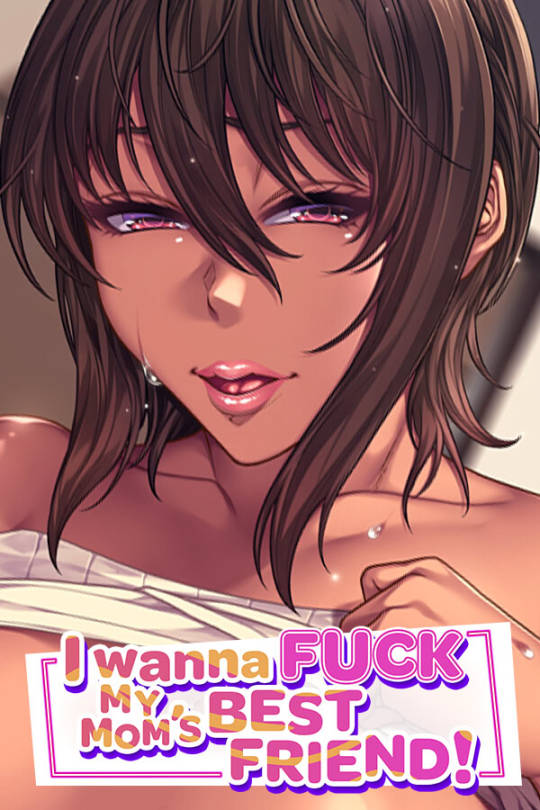
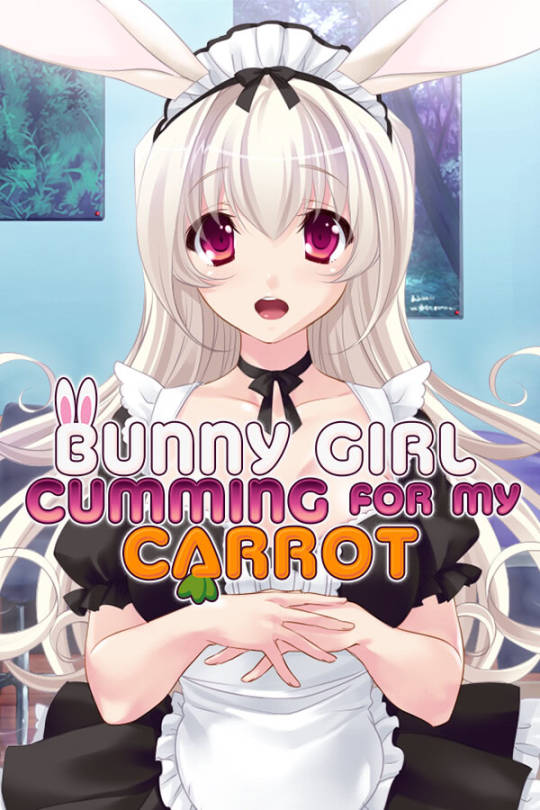
Blood Domination ⇢ 4.25⭐
I Wanna Fuck my Mom's Best Friend ⇢ 3.25⭐// review
Bunny Girl Cumming for my Carrot ⇢ 3.25⭐
Hentai Homewrecker ⇢ 2.75⭐
Cosplay Cumdump: Doing it Doujin Style ⇢ 3.25⭐
Ara Ara Auntie Incest ⇢ 2.50⭐
In a way, some of these titles (the really porny-sounding ones, usually) are for my 'work', but I still want to count them here because they do take time to get through.
Currently Reading
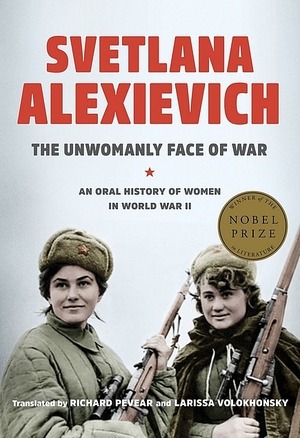


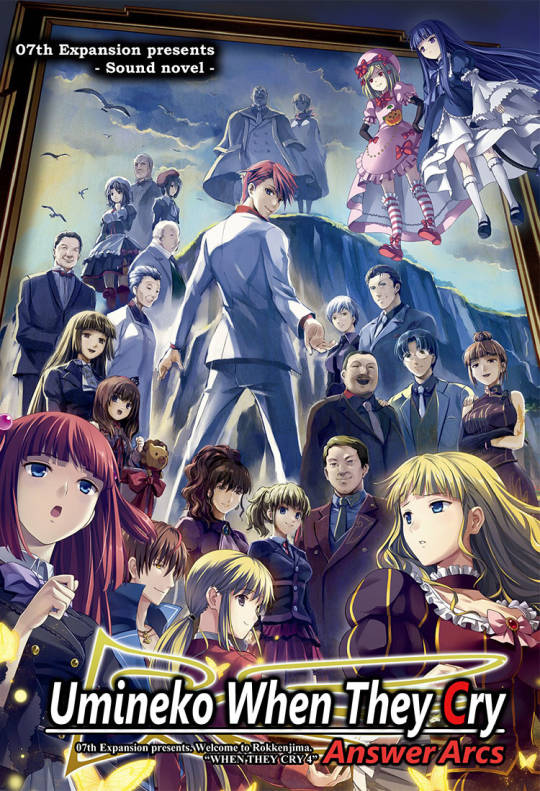
The Unwomanly Face of War by Svetlana Alexiévich {non-fiction, female and soviet POV of the WW2} ⇢ 75% // So far, loving it! It's soul-crushing, though...
What Is to Be Done? by Nikolai Chernyshevsky {fiction, Tsarist Russia; aka the book that inspired Lenin and the Soviet Revolution} ⇢ 33% // I DNF-ed this at some point, but I'm trying to finish it now. It's aight, my hype was waaaaay up there when I bought it.
Sexcalibur: Knights of the Pound Table {VN, smut} // I'm starting this today!
The Fruit of Grisaia {VN} ⇢ 15% // Common route finished, time to go to Michiru's!!
Umineko: When They Cry {VN, big chonker} ⇢ Chapter 6 (75%) // Ugh I stalled this way too much... and it's not even boring!! What am I doing... time to finish this once and for all! At least this sixth chapter, that is.
And that is it! Hopefully you haven't given up on me,,, orz
#blog#visual novel#umineko no naku koro ni#books#book review#bookblr#currently reading#the fruit of grisaia#nukige#WW2#WW2 female POV
1 note
·
View note